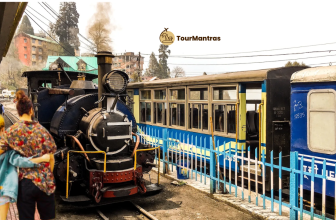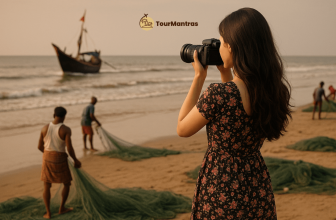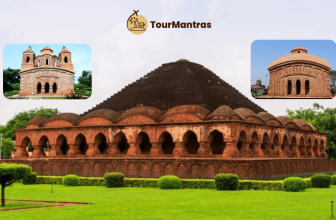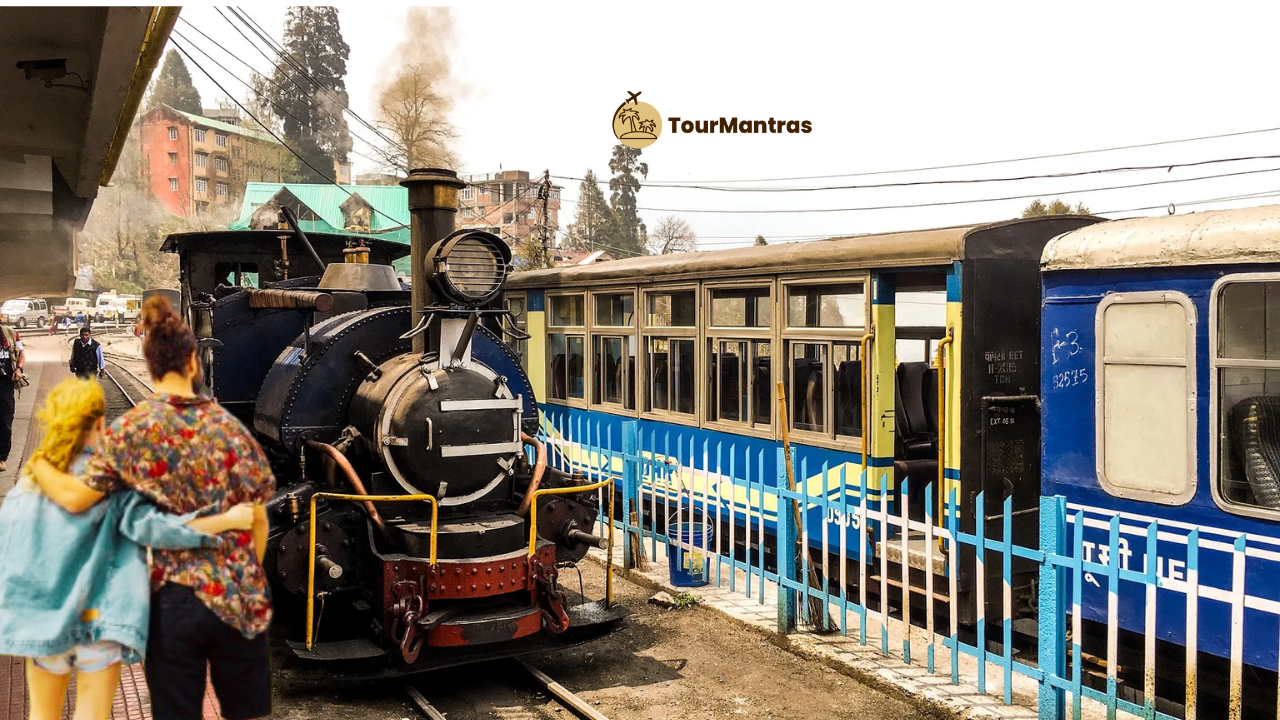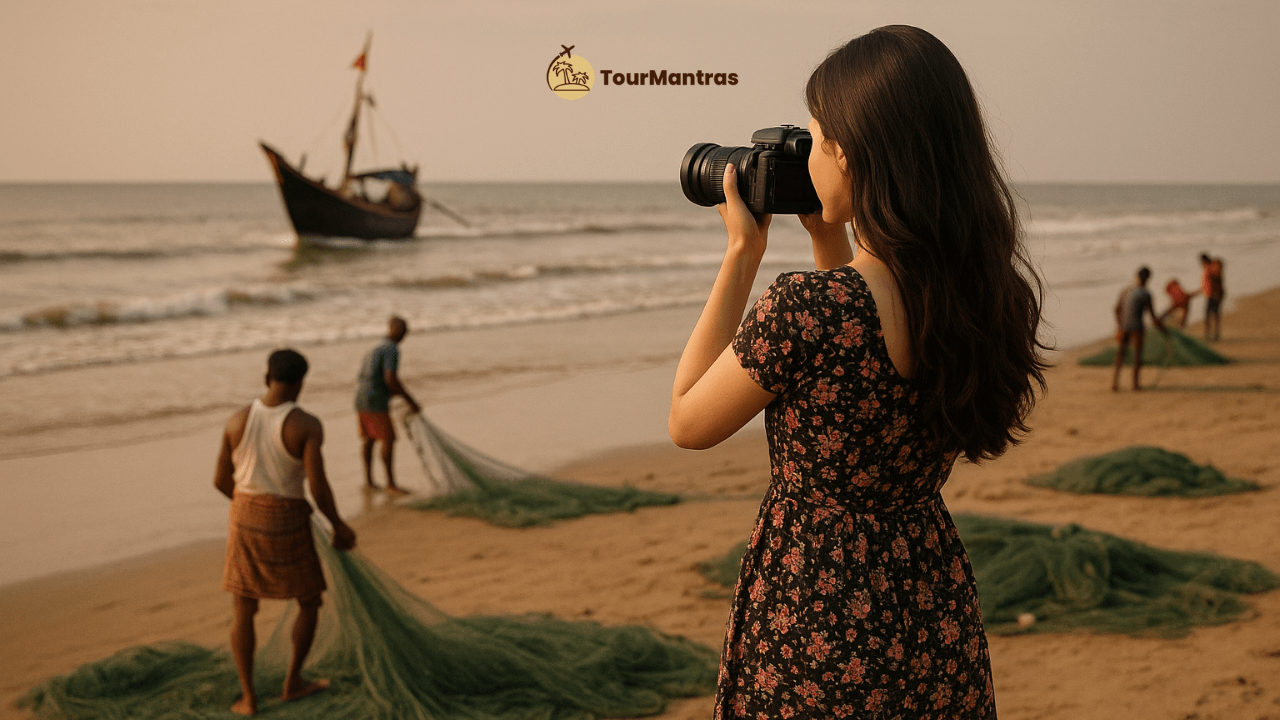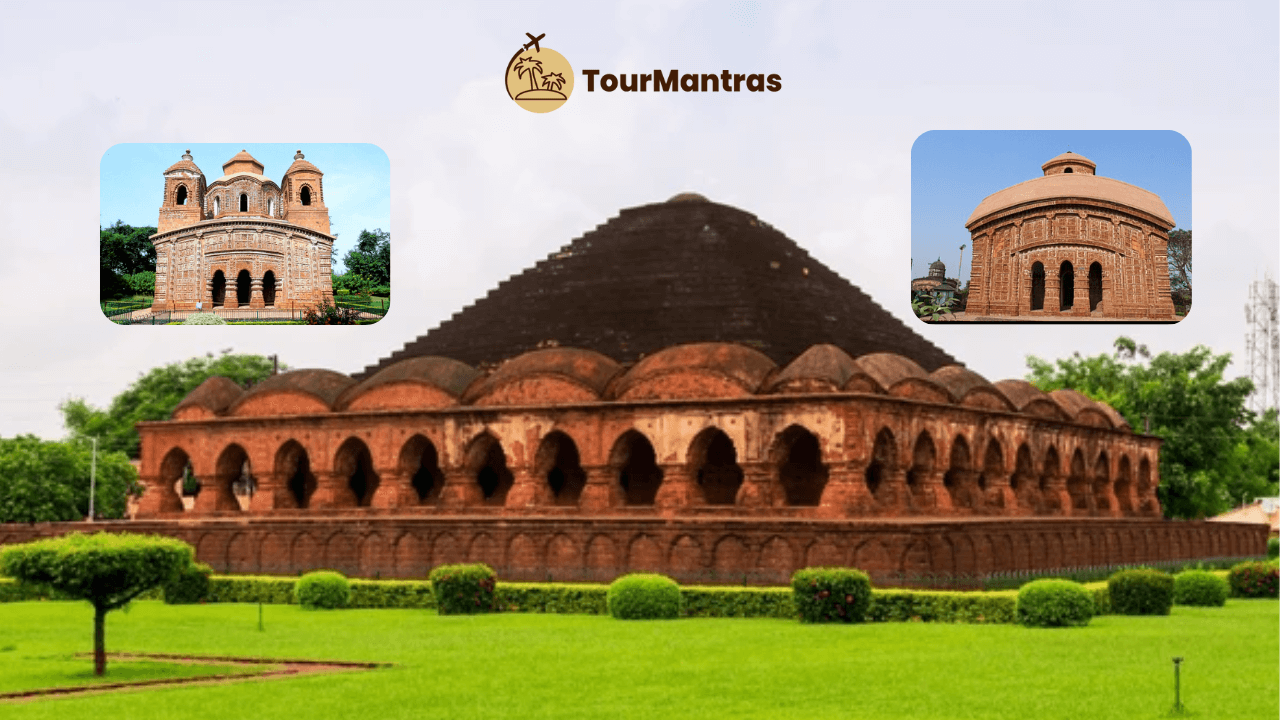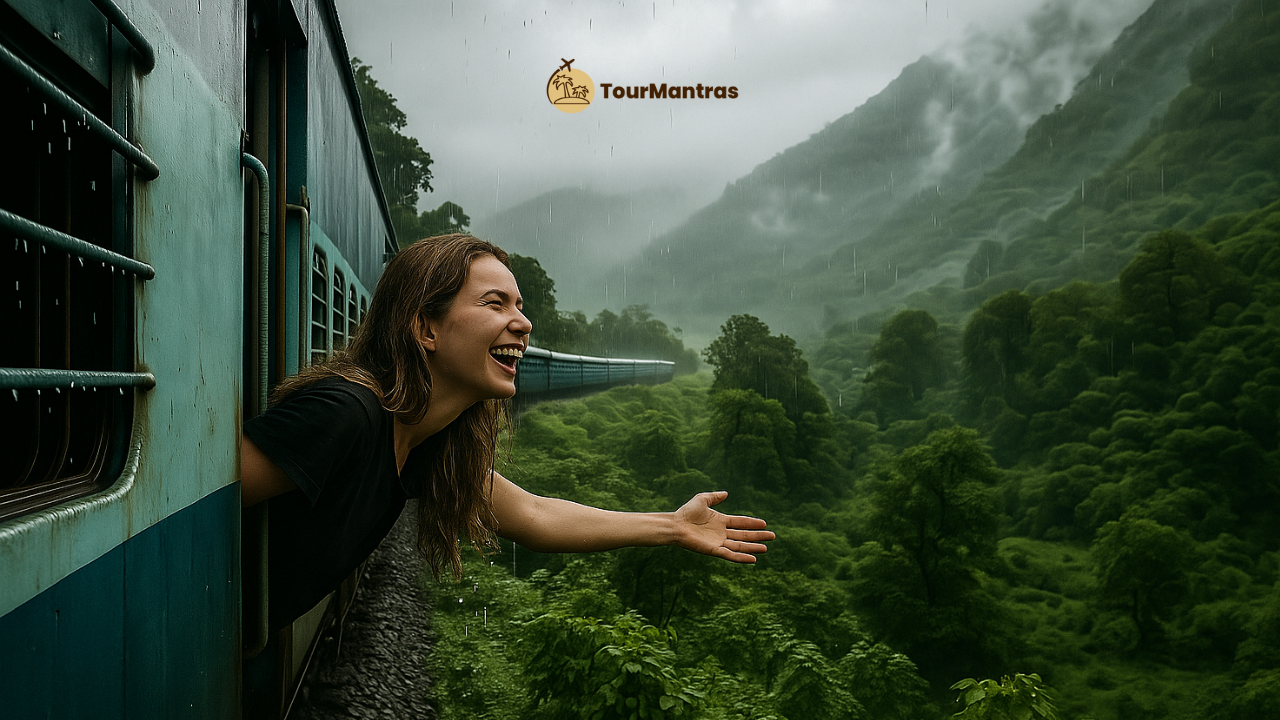
The word “monsoon” often conjures images of torrential downpours and travel plans washed away. But what if you could see it differently? From June to September, the Indian subcontinent transforms into a lush, vibrant paradise. The searing summer heat subsides, nature comes alive in a riot of green, and popular destinations shed their crowds, offering a more intimate experience, setting the tone for a perfect Monsoon Travel in India.
Travelling during the monsoon isn’t about dodging the rain; it’s about embracing it. With the right planning and a spirit of adventure, a monsoon getaway can be one of the most memorable journeys you’ll ever take. This guide about Monsoon Travel in India will equip you with everything you need to know, from choosing the perfect destination to packing the right gear and staying safe on the go.
Table of Contents
#1 Monsoon Travel in India: Choosing Your Monsoon Haven
India’s vast and varied geography means the monsoon behaves differently across regions. The key to a successful trip is choosing your destination wisely.
Destinations to Embrace
While some areas are best avoided, others are at their most beautiful during the rains, offering a perfect monsoon travel in India.
- The High-Altitude Desert, Ladakh: If you want to escape the rain entirely, head north to Ladakh. Nestled in a rain shadow created by the Himalayan ranges, this “cold desert” experiences very little precipitation. Between June and August, you’ll find breathtaking mountain landscapes, clear blue skies, moderately warm days, and pleasantly cool nights, making it perfect for hiking and exploration.
- The Royal State in Green: The arid lands of Rajasthan receive minimal rainfall, making it an excellent monsoon choice. The clouds provide a welcome respite from the usual heat, and the southern parts of the state, like Udaipur and Mount Abu, become surprisingly green and lively. This is the off-season, meaning you can often book stunning boutique and heritage hotels at a fraction of their peak season prices.
- The Lush Western Ghats & Hampi: While coastal areas are best avoided, the inland hill stations of the South are a dream. Places like Munnar, Wayanad, and Thekkady in Kerala, and Ooty in Tamil Nadu, are draped in fresh, lush greenery, with swollen rivers and cascading waterfalls. The ancient ruins of Hampi in Karnataka are also worth a visit, offering a dramatic landscape under moody monsoon skies. Don’t miss the spectacular Dudhsagar Waterfall in Goa, which is at its most powerful during this season. Also, Goa is the best place to visit for bikini lovers!
Areas to Navigate with Care
- Coastal Regions (Goa & Kerala): Avoid the beaches. Heavy rains and strong currents make swimming dangerous, and most beach shacks and resorts close down from April to September.
- Himalayan Foothills: From June to August, areas such as Rishikesh, Dharamsala, Shimla, Sikkim, and Darjeeling experience heavy rainfall, which increases the risk of landslides. Trekking is often impossible, and you may spend most of your time indoors.
- Flood-Prone Cities: Major cities can have subpar drainage systems, leading to waterlogging and traffic chaos during heavy downpours.
#2 Your Monsoon-Proof Pre-Trip Blueprint
A little planning goes a long way in ensuring your monsoon travel in India is smooth and safe.
- Become a Weather Watcher: Before you set out, especially on a road trip, check the weather forecast and road conditions. Mountain roads can become slippery, visibility can drop, and the risk of landslides is real. A simple check can be the difference between a safe journey and a risky one.
- Embrace Flexibility: The monsoon is unpredictable. Don’t pack your itinerary so tightly that a single delay throws everything off. Build in buffer time to deal with potential transport delays or a sudden downpour. It’s better to go with the flow than to fight against the flood.
- Book Smart: Opt for hotels with flexible cancellation or rescheduling policies. If you’re flying, keep an eye on the airline’s website for updates on delays or cancellations, which can be common due to heavy rain and fog.
#3 Monsoon Travel in India: The Essential Monsoon Packing Guide
Packing correctly is non-negotiable for a comfortable monsoon journey. Think quick-dry, waterproof, and practical.
Clothing & Footwear
- Fabric is Key: Ditch the heavy cotton and leather. Opt for lightweight, synthetic fabrics like nylon and polyester that dry quickly and won’t weigh you down when wet.
- Layer Up: Carry a thin and breathable rain jacket during your monsoon travel in India. Always pack an extra set of clothes in your daypack, so you can change out of wet garments quickly.
- The Right Footwear: This is crucial. Flip-flops are a poor choice as they splash mud onto your legs and offer no grip. Invest in good-quality rubber sandals or floaters with a sturdy back strap. Gum boots are an option, but they can be warm and bulky to carry.
Weatherproofing Your Gear
- Waterproof Your Luggage: A waterproof backpack is a great investment. For extra protection, use a rain cover over your bag.
- Ziplocks are Your Best Friend: Protect your valuables. Keep your mobile phone, charger, power bank, wallet, and important documents like your passport and tickets inside sealed ziplock bags. It’s a simple step you’ll be thankful for later.
- Absorbent Towel: Pack a small, quick-drying travel towel. It’s perfect for drying off after an unexpected shower and helps prevent catching a cold.
#4 Health & Utility Kit
Carry your health kit or first-aid box while travelling in India during the rainy season.
- First-Aid and Medication: Carry a basic first-aid kit with antiseptic, bandages, and any personal medications during your trip in the monsoons. The monsoon is also flu season, so including medication for common colds and fever is wise.
- Mosquito Protection: With rain comes mosquitoes. The risk of dengue and malaria is higher during this season. Carry a powerful mosquito repellent spray and consider packing a mosquito net if you’re visiting rural areas during the monsoon.
- Power & Light: Electricity cuts can happen. Always carry a fully charged power bank and a flashlight. A fanny pack is great for keeping your phone and these essentials within easy reach.
- For Road Trips: India’s roads are notorious for potholes, which worsen in the rain. If you’re driving, a portable car tyre inflator and a spare tyre are indispensable during a road trip in the monsoons.
#5 Staying Safe on the Move
Once you’re on your journey, a few safety precautions will ensure your trip remains enjoyable.
- Navigate Smartly: Use Google Maps and tune into local news channels to stay updated on road closures, fallen trees, or flooded areas.
- Avoid Puddles: Never walk or drive through a large puddle of standing water. You have no idea how deep it is or what lies beneath, from open manholes to sharp debris.
- Drive with Caution: If you must drive in heavy rain, reduce your speed, maintain a safe distance from other vehicles, and use your headlights for better visibility. Avoid stopping on a highway, as reduced visibility increases the risk of being hit. If you need to stop or help someone, pull over to the side safely and call local authorities for assistance.
- Keep Emergency Contacts Handy: Save the numbers of local authorities, emergency services, and your hotel in your phone.
Final Words: The Art of Enjoying the Downpour
Monsoon travel in India offers a unique advantage: the chance to slow down. With fewer tourists, you can connect more deeply with locals and experience the country’s authentic rhythm. If a heavy shower keeps you indoors, embrace it the Indian way: find a cozy spot, order a hot cup of masala chai, pick up a good book, or watch a classic Bollywood film.
The beauty of the monsoon lies not in avoiding the rain, but in dancing with it. So pack your bags, plan smart, and get ready to discover a side of India that is refreshingly alive, wonderfully green, and truly unforgettable.
Frequently Asked Questions
Yes, travelling in India during the monsoon season is safe if you plan smart and wisely avoid landslide-prone areas, and check daily weather forecasts before heading out.
If you are wondering “Where to visit in India during monsoon?”, here are the top monsoon destinations for nature lovers in India. This includes Munnar in Kerala, Coorg in Karnataka, the Valley of Flowers in Uttarakhand, Cherrapunji in Meghalaya, and Wayanad in Kerala.
For monsoon travel in India, pack a lightweight raincoat, waterproof bags, quick-dry clothing, slip-resistant shoes, mosquito repellent, and a compact umbrella.
Yes, heavy monsoon rains in India can lead to flight delays, train cancellations, or roadblocks, especially in hilly regions. Always have an alternate itinerary ready.
To stay healthy during monsoon travel in India, drink bottled water, eat at clean restaurants, avoid getting drenched, carry basic medicines, and keep your clothes and gear dry.



